In our new series with modern-day explorer Mario Rigby, we follow the Turks and Caicos born adventurer to North and Middle Caicos where he explores the history behind a trail that would connect Middle Caicos and North Caicos across astounding terrain.
Starting out with an early morning ferry ride from Providenciales to North Caicos, Mario spent the 25-minute boat trip taking in the spectacular morning sunrise over the sea.
He was greeted at the dock by the rental firm, which had his pre-reserved hire car at the ready for him to quickly set-off on the day’s adventure.
Heading east along the main road, Mario admired the sights as he crossed the entire island of North Caicos. He took notice of the cays which dotted the arresting scene on the north-west side of the island, a perfect spot for a kayak expedition on another trip.
After a long curve in the road, a strip of road separating the sea ahead began to make itself known in the distance.
Middle Caicos and North Caicos are connected by a causeway, but this wasn’t always the case. Before the causeway was built, residents wanting to travel between Middle and North Caicos had limited options.
Cardinal Arthur was born on the island of Middle Caicos. He spent his childhood exploring every inch of the beaches and cliffs along the island’s stunning coastline. Greeting Mario as family, Mr. Arthur was a great resource for learning more about the historical route commonly known as the Crossing Place Trail.
“Life growing up on the islands, I used to go to all these cliffs,” Mr. Arthur tells Mario, who was excited to get a deeper understanding of the culture and history in the country’s largest island.
As Mario would learn from Mr. Arthur, the Trail was followed by island residents from the Eastern-most settlement to the Western shores. Although the largest island in the Turks and Caicos archipelago, Middle Caicos is sparsely populated. Most of the island’s less than 300 residents live in just three main settlements, Lorimers, Bambarra and Conch Bar.
“From Lorimers and Bambarra, they had to walk this same trail, it goes straight down here,” Mr. Arthur says as he points along the shore that follows the village of Conch Bar.
“As a boy, I watched the people with the loads on their heads,” Mr. Arthur shares his earliest memories of observing those who made their way across the island carrying hand-made straw baskets, another important cultural tradition.
Although the shallow waters along the sweeping cliffs provide stunning landscapes, they aren’t ideal spots for landing boats. So, residents of Middle Caicos would walk to the western-most point of the island where they would cross the sea to reach the neighboring island of North Caicos.
This journey was one that required great patience and arriving at the right time of the day was critical.
“Sometimes they go there, and there is no boat to take you to North Caicos,” explains Mr. Arthur. And if the tide was too high, they would have to wait to cross by foot. “So they had to wait until the tide got low and then walk across like they are not afraid, from island to island, to North Caicos.”
People traveled to North Caicos to collect and trade goods, as well as visit family.
“And when the tide began to flow, coming back, we try to get back onto the other side.” Mr. Arthur describes the rush to return before the water level was too high to make the journey back across.
Mario set out to trace the steps of this historic trail.
After a short walk across a vast plain filled with native low lying brush and cacti, he reached a place known as the blowing hole. He took in the stunning beauty before venturing to a higher vantage point.
Impressed not only by the natural beauty of the landscape before him, Mario reflected on those who made this impressive journey in times gone by. Imagining the men and women who trekked miles and miles across this land, carrying hand-made baskets over their heads… what a life that must have been.
Before returning to Providenciales, he made another stop on his journey. Located in the My Dees Plaza along the main road through North Caicos, he visited the Middle Caicos Co-Op. The shop features the work of local artisans, including many forms of basketry. The market was created as an outlet to promote the traditional handcrafts and keep this part of the local heritage alive.
Taking in all the wonderful handiwork, Mario was curious to learn more about the origins of this beautiful art passed down from generation to generation. Be sure to follow us @TurksCaicosMag and @MarioRigby to stay up-to-date on information about his next adventure.
Here is some information to help you plan your next visit to the islands of North and Middle Caicos:
Daily ferry service is available from Providenciales to North Caicos.
Rental cars can be reserved in advance and collected directly adjacent to the ferry dock from several rental agencies in North Caicos.
Tour operators offer guided tours on these islands.
Click here for more details on both land and water options offered by Big Blue Collective.
The Middle Caicos Co-Op is currently open Tuesday – Friday from 11 a.m. to 3 p.m. and is located in the My Dees Plaza in North Caicos.
There are a number of restaurants to stop in for a bite to eat while visiting North Caicos including: Silver Palm (seasonal so be sure to check opening hours ahead of time), Barracuda Beach Bar (located at the Pelican Beach Hotel) and Miss B’s on Kings Road.
On Middle Caicos, check out the Mudjin Bar & Grill (located at the Dragon Cay Resort) and opening Feb. 15, 2020 in Conch Bar, the Sea View Cafe.
From both the Dragon Cay Resort and the Sea View Cafe there are options for enjoying a portion of the original Crossing Point Trail.

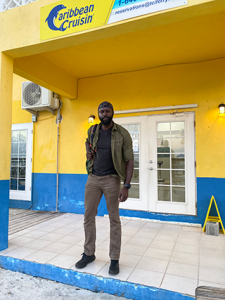
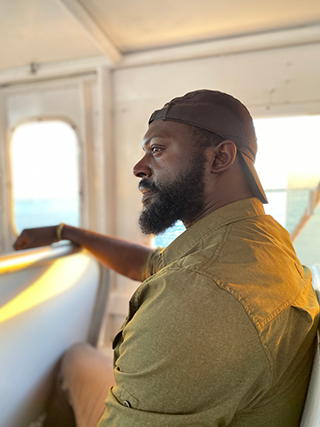
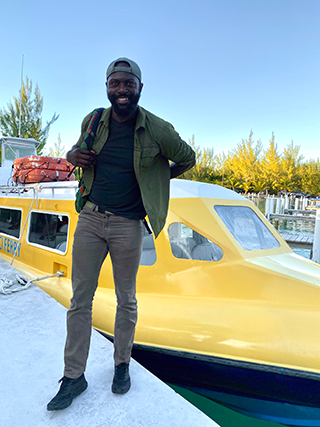
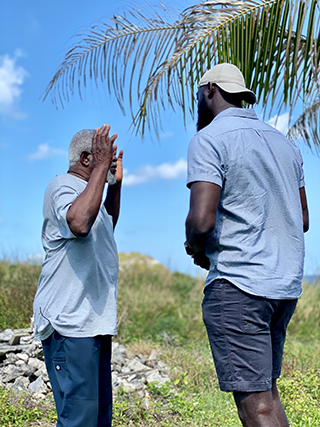
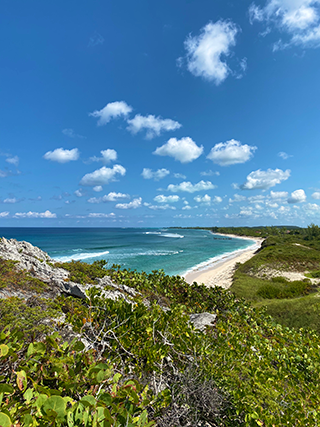
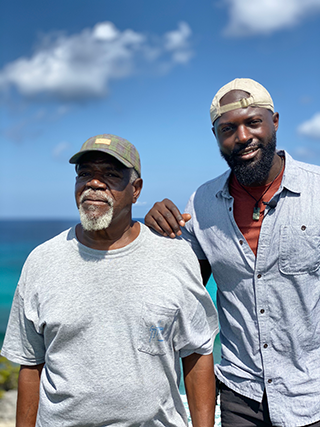
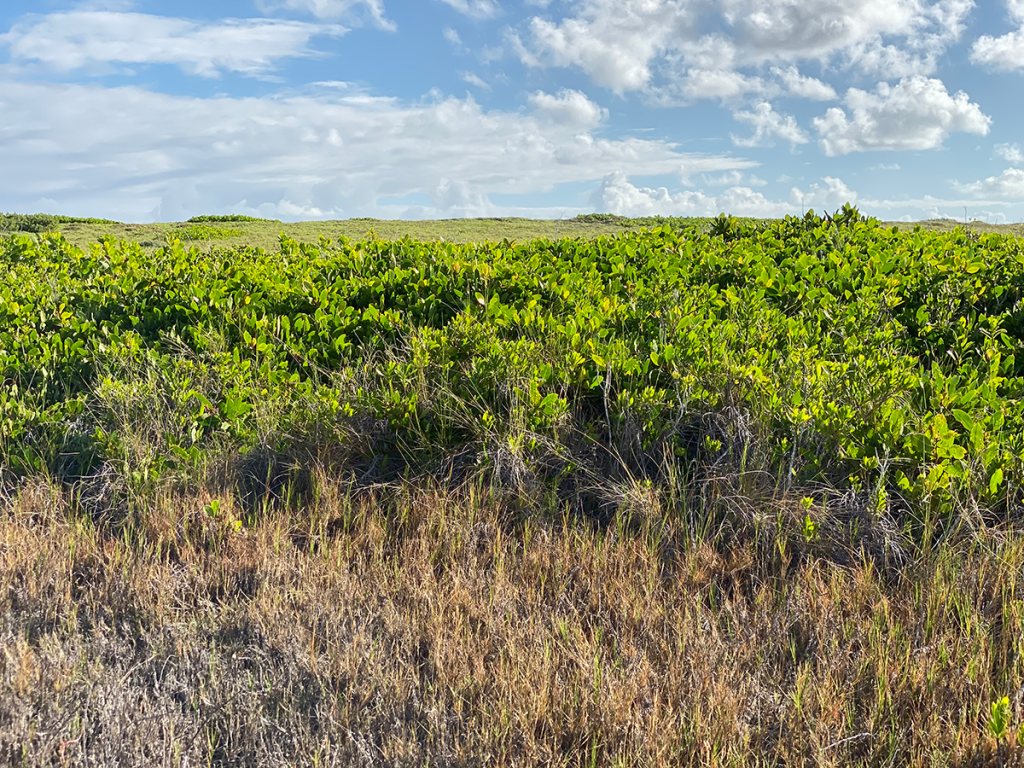
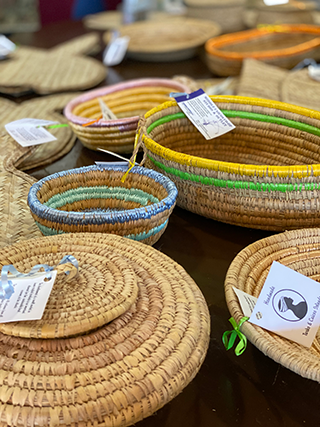
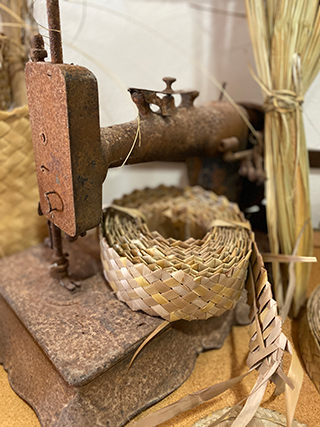
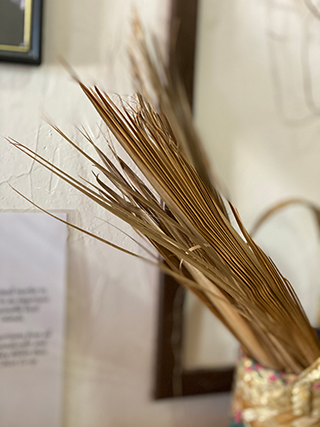
Recent Comments